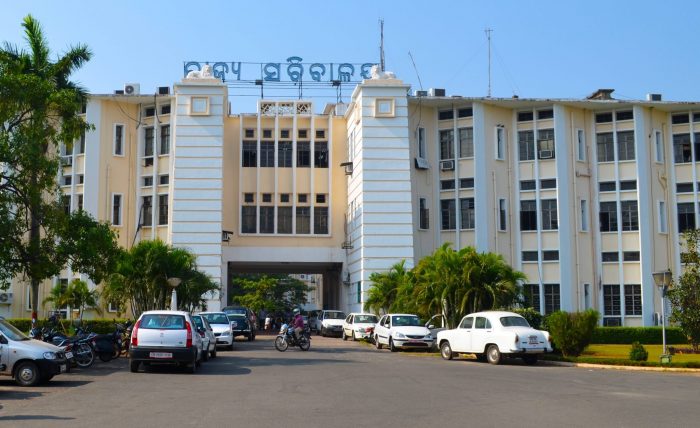Odisha Draft Agri Policy Focuses On KALIA, Farmers’ Growth

Bhubaneswar: The Odisha government’s Draft Agricultural Policy, 2019 focuses on the KALIA (Krushak Assistance for Livelihood and Income Augmentation) scheme and inclusive development of farmers.
Here are the key objectives of the new agricultural policy:
— KALIA to remain a flagship scheme of the government and will be strengthened and continued during the next five years and constantly review the performance of the farmers and their socio-economic livelihood. The state government will reward the successful farmers under this scheme.
— Continuous growth in farmer incomes.
— Make the growth process inclusive of small and marginal farmers.
— Ensure sustainable, stable and scalable agricultural growth.
— Create an ecosystem interlinking inputs-production-markets.
— Focus on the sustainable increase in yields of paddy and diversification to high-value agriculture (HVA).
— Encourage efficient and ecologically sensitive use of inputs: mainly water, land and soil.
— Promote processing including cleaning, grading, etc., for better value capture.
—Create value-chains particularly of vegetables, livestock: dairy and poultry.
— Encourage aggregation of farmers in farmer producer organisations (FPO).
— Reduce wastage by promoting pre- and post-harvest management.
— Adapt to climate change through new techniques, technology and management.
— Leverage the power of data for planning and monitoring.
—Leverage Central government schemes.
Besides, the new agricultural policy has specially emphasised on the inclusive development of women farmers.
Stating that nearly 48 per cent of all labourers in Odisha are female and 9 lakh out of 21 lakh agricultural labourers and 18 per cent of all cultivators are women, the government has decided to take the following initiatives for them:
— Expand the coverage of the scheme of extending interest-free loans for women self-help groups (SHGs) up to Rs 5 lakh.
— More equitable product and service delivery mechanism will be created for women farmers.
— More women agriculturists will be trained and placed in the state agricultural extension system.
— Female extension workers will be provided a conducive and safe environment, ensuring enough opportunities for growth for enterprising workers.
— Regular monitoring of the implementation of various schemes will have an additional variable segregating performance based on gender.
— At least 30 per cent of the horticulture and small livestock scheme budgets will be dedicated to women.
— Agricultural extension material will be revised to cater to the needs of women farmers with more focus on backyard livestock/poultry/fisheries and women-friendly crops like vegetables and techniques of production.
— Both farm products and production technologies will be designed keeping women users in mind
— Efforts to get women-friendly farm equipment designed, produced and promoted will be strengthened, wherever necessary.
— The creativity, productivity and entrepreneurship of women and their capacity to further their skills will continue to receive focus. Progressive women farmers will be duly rewarded and recognised.
—Regular tracking of the share of women in the total number of beneficiaries in government assistance initiatives will be undertaken.
—Removal of the drudgery of farm women by ensuring access to new tools and implements that increase their efficiency and improve productivity.
— Encourage low-risk-low-reward agriculture or assured market options for single women households, and small and marginal farmers. Further income generation opportunities shall be generated through skill-building and provision of services under the various state government schemes such as procurement, Integrated Child Development Service (ICDS) and Mid-day Meal (MDM).
— Access to credit will be improved through a special focus on women.
— A policy To encourage SHGs run and operated by women, the state government will formulate a new policy.
— Mission Shakti will be used to empower women farmers.
This is the third draft agricultural policy formulated by the Odisha government after 2008 and 2013.

Comments are closed.